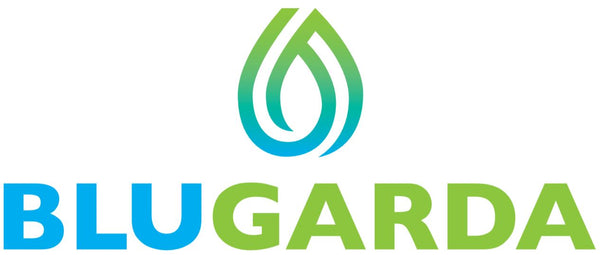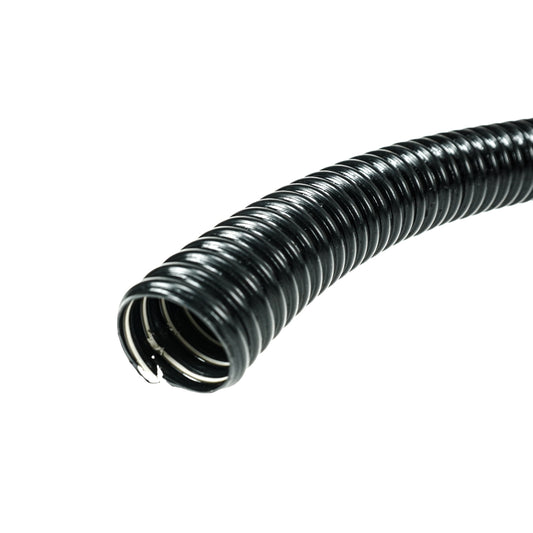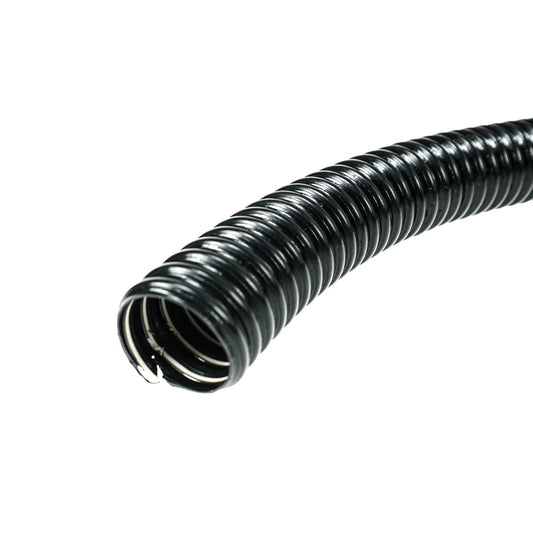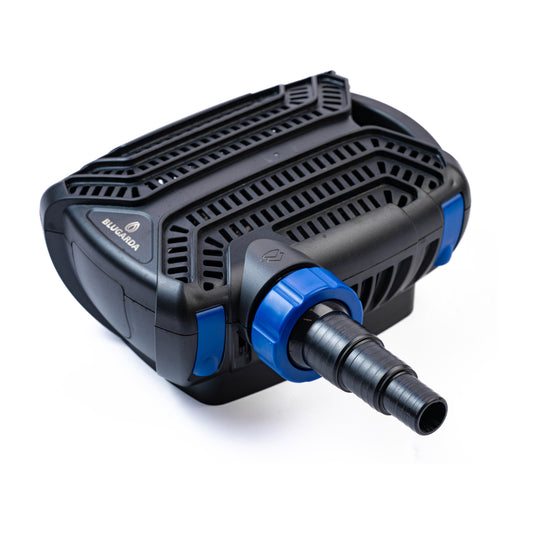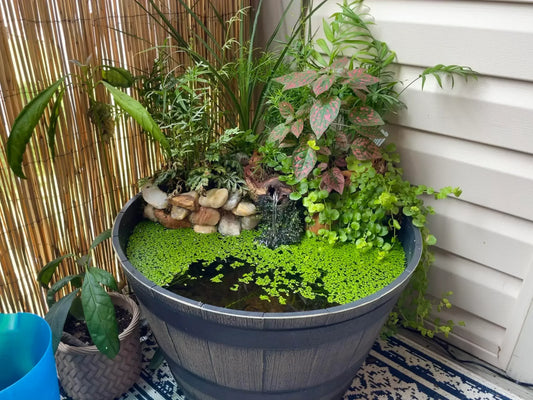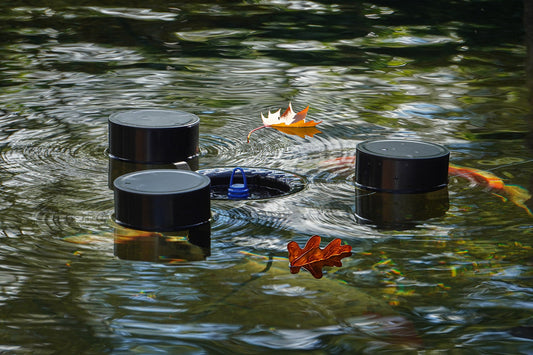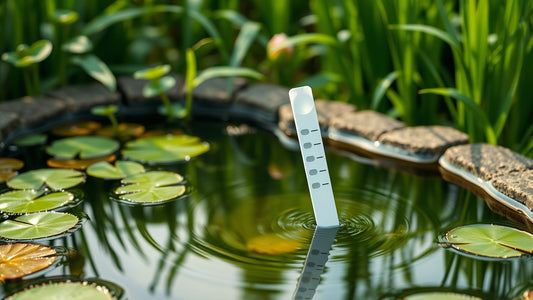A pond hose is important in your pond, connecting your pump to your filter, waterfall, and/or fountain. There are different types of pond hoses, and choosing the right hose helps with durability, efficiency in capacity, and prevents leakage and maintenance.
In this ultimate guide to pond hoses, we'll walk you through the different types, diameters, assembly, maintenance, and how to make the right choice. Want to make a quick choice? Check out the quick selection table.
Pond Hoses in Brief
- Choose the right type of pond hose: spiral hose, thick-walled, or PVC
- Determine the correct diameter for your pond hose based on desired capacity and length of pond hose
- Connect your pond hose with the correct hose adapter - cut off smaller parts to increase effectiveness
Inhoud artikel
Quick Selection
In the table below, you can quickly find which hose diameter is best to use for a desired capacity and distance. This is an indication; the actual best choice depends on, among other things, the connection options of your pump, application, and head height.
| Desired capacity (liters/hour) | 0-5 meters | 5-10 meters | 10-20 meters |
| 0 - 2,000 | 19 mm | 19-25 mm | 25 mm |
| 2,000 - 4,000 | 25 mm | 25-32 mm | 32 mm |
| 4,000 - 6,000 | 32 mm | 32-38 mm | 38 mm |
| 6,000 - 8,000 | 32-38 mm | 38 mm | 38 mm |
| 8,000 - 10,000 | 32-38 mm | 38 mm | 38 mm |
| 10,000 - 12,000 | 38 mm | 38 mm | 38-50 mm |
| 12,000 - 16,000 | 38-50 mm | 50 mm | 50 mm |
Types of Pond Hoses
The most common hose for a pond is a flexible spiral hose. In some cases, rigid pipes made of, for example, PVC are used. We will go through them one by one and when it is best to use which.
Flexible Spiral Hose
The flexible spiral hose is the most common and widely used hose in ponds. The hose is characterized as a black flexible hose with a spiral on the outside. The spiral provides strength and flexibility. This pond hose is an easy and durable hose to use that lasts a long time. They are well resistant to UV light and resistant to various weather influences. They are easy to install and place underground. You can also easily shorten them with a knife or scissors. You use these to easily connect your pump to your filter, UV-c device, or waterfall.
The spiral in the spiral hose can cause resistance. There are also spiral hoses with a smoother inside. There are also thick-walled (reinforced) hoses that offer more strength. This protects better against tears and leaks.
PVC Pipe
A PVC pipe or pressure pipe is a rigid but smooth pipe that requires a bit more assembly work. However, the advantage is that they give less resistance than a spiral hose because they have a smooth inner wall, so you can optimally use the capacity of your pond pump. PVC pipes are also stronger, last longer, and you can hide them more tightly in your pond project. Installation of PVC pipes is more difficult: you have to saw more, glue, and have the right couplings to assemble everything. You will also have to make bends and therefore cannot hide them flexibly.
Transparent Hoses
A transparent hose (often made of silicone or PVC) is usually used for air pumps or if you want a flow indicator. The advantage is that you can clearly see if there is a blockage in the hose and how fast the flow is. They are not suitable for longer stretches of pond water flow. This is because they are not UV resistant and can discolor and harden. Algae can also slowly build up in the hose because light is transmitted.
Use a transparent hose especially with an air pump, or when you want to have a flow/dirt indicator. You can then replace a small part of your hoses for a transparent part.
Shop direct
Hose Sizes and Hose Adapters
Pond hose comes in different sizes. In Europe, it is common to assume the hose diameter in millimeters (mm).
Common Hose Sizes
This table shows the common sizes of pond hose and the translation to inches ("). Most providers name the pond hose inner size in mm.
| Hose size (inner size) in mm | Hose size in inches |
| 19 | 3/4" |
| 25 | 1" |
| 32 | 1¼" |
| 38/40 | 1½" |
| 50 | 2" |
| 63 | 2½" |
Hose Adapters
Hose adapters are connection pieces over which pond hose can easily be connected. Often, hose adapters are stepped so that they can be used for multiple hose sizes. Sometimes you get multiple sizes of hose adapters and you choose the right size to connect to the pump or the pond filter.
You connect a pond hose to a hose adapter as follows:
- Cut the hose adapter to the desired size
- Slide a hose clamp over the end of the hose
- Slide the hose over the hose adapter
- Tighten the hose with hose clamp on the hose adapter
Tip from BluGarda:
Cut the hose adapter to the desired size. For example, are you using a 32mm pond hose? Then cut off the smaller parts (25 mm and smaller), for example. This reduces resistance and allows you to utilize the largest possible capacity.
Choosing the Right Hose Type and Diameter
Which hose type you choose and which diameter depends on a number of factors.
Pump Capacity and Desired Endpoint Flow
Start with the desired flow of your endpoint, taking into account loss due to resistance in the hose, length of pond hose, and height difference. Calculate the desired pump capacity based on this. Choose your pond hose based on your pump capacity.
Possible Hose Diameter
Which diameter pond hose is possible and recommended depends on your required capacity and the connection options of your pump and filter system. Check the specifications of your pump for the connection options. Check which diameter is recommended for your required capacity.
Tip from BluGarda:
Are you unsure about a hose diameter? Then choose a size larger. This helps to reduce resistance and thus optimally utilize the capacity.
Length of Pond Hose and Bends
Every extra meter of pond hose gives extra resistance and thus a reduced capacity. Make sure you keep your pond hose as short as possible. Also reduce the number of bends and preferably keep this to only the minimum required. Also avoid as many sharp bends or corners as possible at the pond pump and the end of the hose.
Height Difference (Head Height)
Height difference creates extra resistance due to pressure. Every meter upwards costs more effort to pump water upwards. Are you going further up? Then choose a larger diameter hose to further limit the resistance.
Hose Location
The location of your hose is important for your choice. Are you looking for a flexible route for your hose? Then choose a flexible spiral hose. Do you want to hide your hose or pipes nicely? Then a PVC pipe can be a good option.
Will a pond hose be in the sun? Then make sure it is UV resistant so that it does not discolor or weaken over the years.
Installation and Maintenance
With a spiral hose, you choose easy installation and maintenance. However, if you want to limit the resistance loss as much as possible and installation is not a problem? Then a PVC pipe may be the best option.
Budget
The cheapest hose is a spiral hose. These are common and cheap to purchase. A thick-walled spiral hose is more expensive, but limits the loss in capacity and lasts longer. Installing PVC pipes is the most expensive option, also because you often need multiple couplings for this.
Summarizing about pond hose:
- The type of hose or pipe you want to use depends on your installation requirements and budget. For the highest efficiency, choose PVC pipes. For the most simple and budget-friendly installation, choose a spiral hose.
- Determine the required diameter based on your capacity requirements and length of pond hose.
- Install your pond hoses easily with (stepped) hose adapters. Cut these to the correct diameter.
